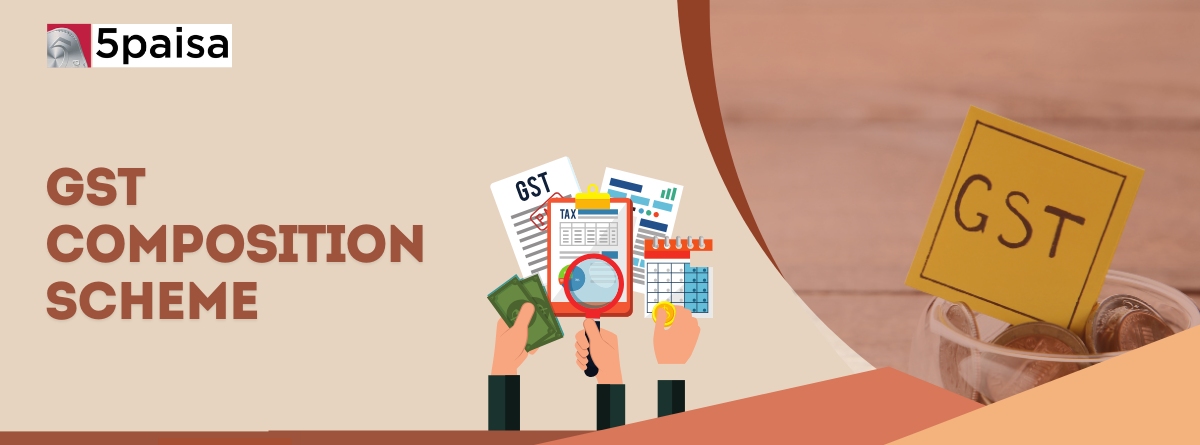Content
- What is the GST Composition Scheme?
- What are the Main Features of GST Composition Scheme:
- Who Can Opt for the GST Composition Scheme?
- Who Cannot Opt for This Scheme?
- What are the Tax Rates Under the GST Composition Scheme
- Benefits of the GST Composition Scheme
- Drawbacks of the GST Composition Scheme
- GST Composition Scheme Bill Format
- How to Apply for the GST Composition Scheme
- Example: How GST Composition Scheme Works
- Should You Opt for the GST Composition Scheme?
- Conclusion
GST (Goods and Services Tax) has revolutionized India’s taxation system, simplifying compliance for businesses. However, for small businesses, the complexities of GST can be overwhelming. To ease their burden, the government introduced the GST Composition Scheme—a simplified tax scheme designed for small businesses to reduce compliance hassles and tax burdens.
If you’re a small business owner, understanding the GST Composition Scheme can help you make informed financial decisions.
More Articles to Explore
- Difference between NSDL and CDSL
- Lowest brokerage charges in India for online trading
- How to find your demat account number using PAN card
- What are bonus shares and how do they work?
- How to transfer shares from one demat account to another?
- What is BO ID?
- Open demat account without a PAN card - a complete guide
- What are DP charges?
- What is DP ID in a demat account
- How to transfer money from demat account to bank account
Disclaimer: Investment in securities market are subject to market risks, read all the related documents carefully before investing. For detailed disclaimer please Click here.
Frequently Asked Questions
Small businesses with turnover up to ₹1.5 crore (₹75 lakh for special states) can opt for it.
No, interstate sales are not allowed under this scheme.
No, businesses under this scheme cannot claim Input Tax Credit.
They file quarterly GSTR-4 and an annual return GSTR-9A.



